The opening section of my last blog post contained the following:
In this time of troubling polarization, (and in this time where too often, emotion trumps reason), what can unite us? Clemson Professor of Wildlife Ecology Dr. J. Drew Lanham offers an answer in his 2018 Year of the Bird piece, “The United State of Birding.” His answer? Birding can unite us.
I repeat all that here for the benefit of those who never read “Birding Unites Us.” Apparently, a number missed it, as there was a glitch with the rollout. I also want to make sure that readers become familiar with “Birding While Black” author, Drew Lanham.
In addition, I want to share a related and relevant quote from the Bill Clinton/James Patterson book, The President is Missing: “All too often anger works better than answers; resentment better than reason; emotion trumps evidence.” I think of those words often as I consider today’s turmoil.
Photos That Work
Before I lose some of you, let me share with you a favorite bird photo of mine.
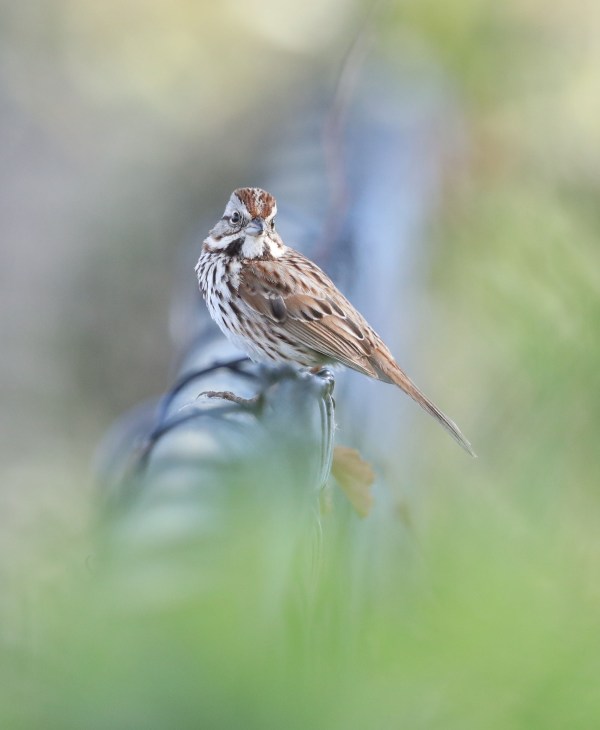
I’m my own worst critic. This is a slightly high-key image. Ordinarily, Song Sparrows don’t have a sheen, and they have darker shades of brown and gray. Nonetheless, the photo works. And for me, photography is the pursuit of photos that work. BTW, if you ever have an opportunity to capture a bird on a railing or on a fence like this, seize it. But make sure the AF point is positioned on the bird’s eye, and (if you want a result like this) make sure you obtain a shallow depth of field by using a lower f-stop, getting a little closer, or using a longer focal length. I shot this bird at close range with a 500mm f/4 lens.
Here’s a better-exposed shot of the sparrow. It has made an about-face and is about to fly from its perch.
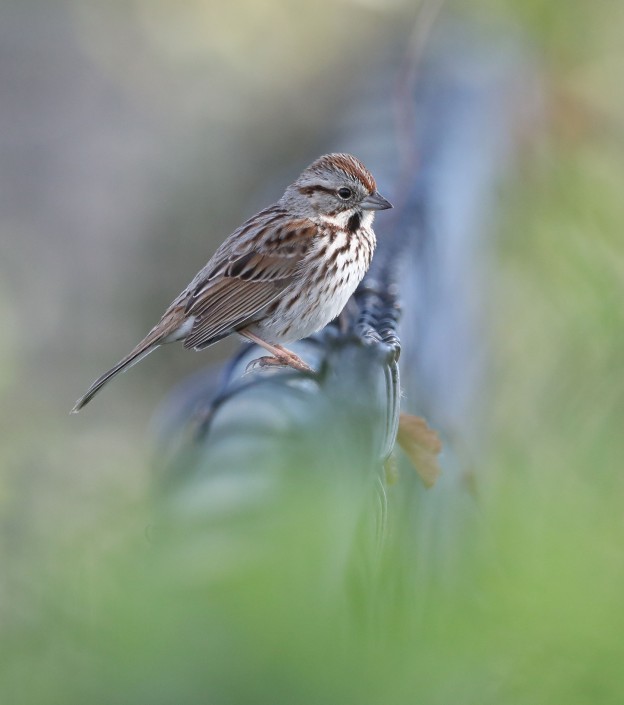
Decisive Moments
Here’s another photo that works. This is a recently-fledged Green Heron exploring the grounds of its birthplace, Lakeside Park in Chesapeake, VA, for the first time. I always like to tell folks that photography is about chasing light. But it’s also about capturing decisive moments. Once in a while, both great light (in this case, a natural spotlight) and a decisive moment come together. Of course, the natural framing around this young explorer doesn’t hurt.
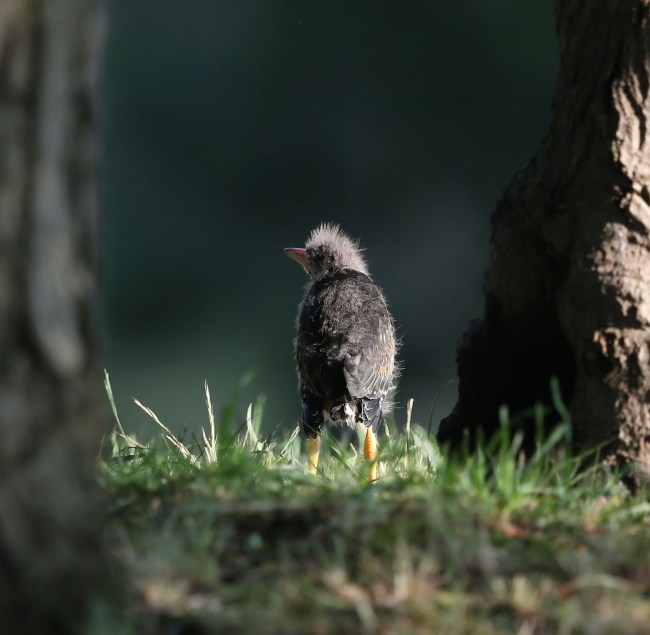
Don’t be afraid to experiment and take unconventional photos like this. Keep in mind that there are no hard and fast rules regarding what makes a good photo and that the most important element of a good photo may be that it stirs an emotional response. Every viewer can relate to this young bird’s situation.
Here’s another “decisive moment” shot (and another Lakeside Park shot, too). This is a first summer (second calendar year) Yellow-crowned Night Heron on alert. Why the bird was on alert, I’m not really sure. I just remember being in the vicinity of the bird when all of a sudden a nearby Mallard duck started quacking to beat the band. The heron, which had been lounging, all of a sudden stood erect. The plumes on its crown shot straight up, and its neck feathers fluffed out making it appear larger and more of a threat. Also, notice the bird’s eye and the position of its left foot.
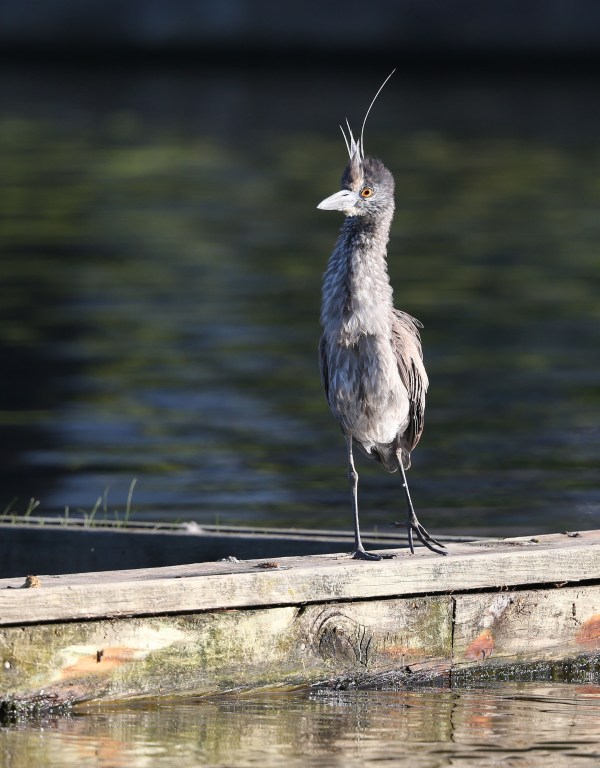
Baseline Camera Settings
I was glad I was nearby when the above happened and that I’d dialed in baseline settings (aperture: f/5.6, shutter speed: 1/1250, ISO: 640). The only thing left to do was to dial back Exposure Compensation to “0.” I usually have it at “1” because I often shoot dark birds or birds with a good amount of dark plumage/shadowy areas against lighter backgrounds (sky, water, foliage, etc.) As I noted in “Birds and Bird Photography, Cont’d,” I now shoot in Manual mode with Auto ISO.
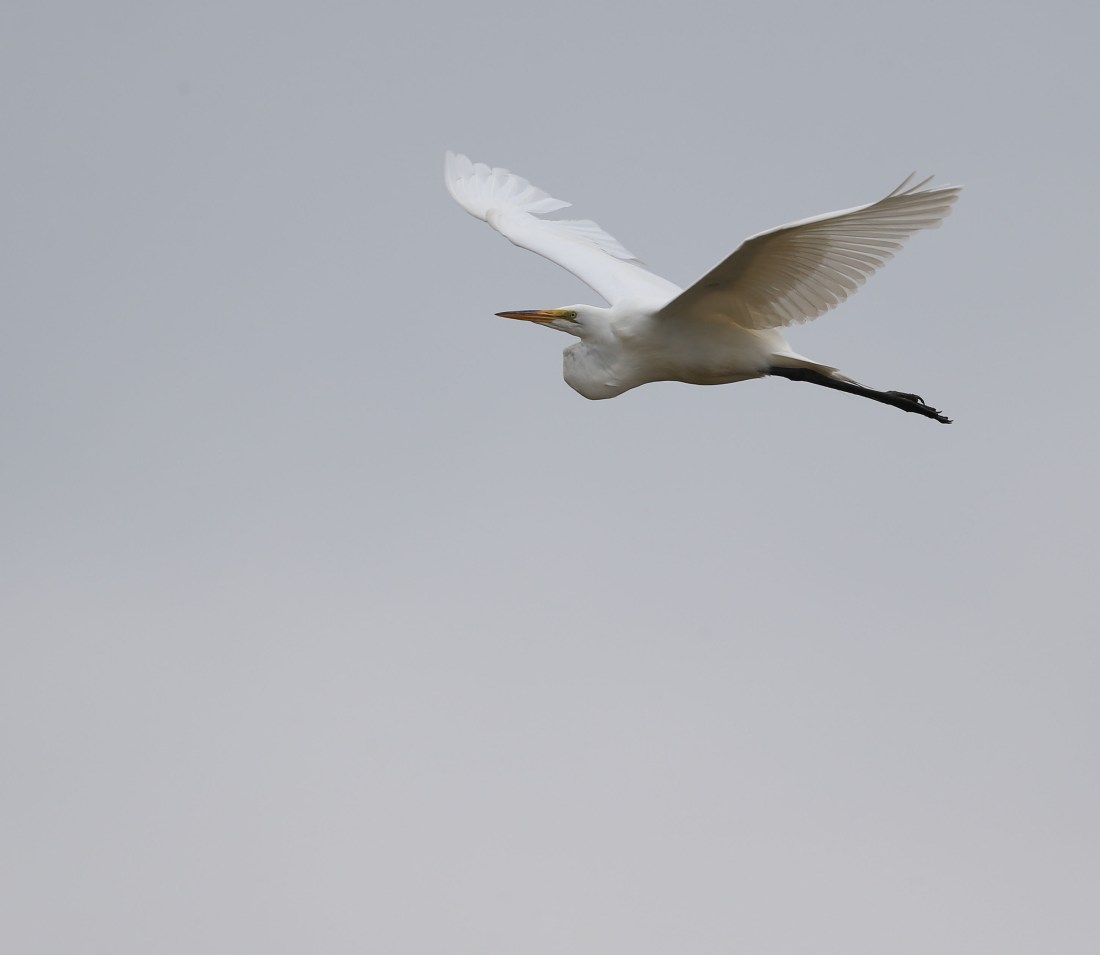
Endnote
As I think about the birds pictured above and also the many birds I saw during a late June bird walk at Paradise Creek Nature Park in Portsmouth, VA, I can’t help but think of, and want to share, a tender passage from Prof. Lanham’s “Birding While Black”: “As we gaze together, everything that’s different about us disappears into the plumages of the creatures we see beyond our binoculars.”
And This Just In
I’m doing my best to keep these pieces shorter, so we’ll wrap things up here. Please stay tuned as we’ll continue to “talk” bird photography in the next blog. I have some other (hopefully) helpful tips to pass along.
Quip, Question, Quote
I’m going to quote myself. These are two related (and unedited) journal entries.
“I want a sharp image, but it doesn’t have to be technically perfect. What it does need to do is to speak.”
“I don’t strive for technical perfection in my photos. Don’t get me wrong. I strive for sharpness, but what I really aim for are interesting photos, photos that capture and celebrate life.”
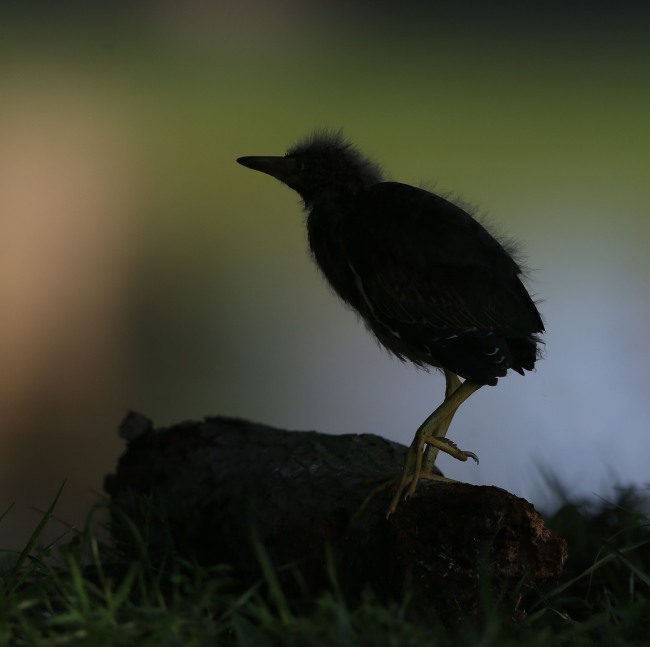
Fantastic pictures! Good Job, Dave.
LikeLike
Jefferson, Thanks so much.
LikeLike
I can see why that top Song Sparrow photograph is one of your favorites! The DOF and higher key really make the bird stand out. Beautiful! William — “What a wildly wonderful world, God! You made it all, with Wisdom at Your side, made earth overflow with your wonderful creations.” Psalms 104 The Message
LikeLike
Thanks, William. I appreciate the comment. That sparrow is indeed one of my favorites, and the DOF is cool. I just wish it were a little better-exposed. I still have a few things to learn.
LikeLiked by 1 person
I very much enjoyed this article. I used to shoot in aperture mode all the time then finally went to Manual mode. I have not tried using auto ISO. I may have to try that. What camera and lens are you using? And, which editing programs do you use? Wonderful photos!
LikeLike
Hi Ann, I describe the gear I usually take into the field in my blog, https://birdpartner.com/2019/11/01/birds-bird-photography-2/. Please see the section on ‘gear.’ Also, if you’re interested, I describe Manual with Auto ISO in this blog, https://birdpartner.com/2019/11/22/birds-bird-photography-3/. I edit my photos both in Picasa 3 (no longer available) and Photoshop CS3 Extended. I do most of the heavy lifting in Photoshop. However, I make every effort to get as much as I can right in-camera. I hope this helps. Good luck!
LikeLike
Thanks, Dave. I tried Auto ISO with my Sony this morning but haven’t really looked at the results yet. Thanks so much for responding. Have you tried LR? Your thoughts?
LikeLike
No, I haven’t. But I know many use it, and it’s a great tool.
LikeLike
Super blog post David. Keep it up!
LikeLike
Thanks so much, Doug. Glad you enjoyed it.
LikeLike
As always love your pictures and explanations on each one. “Super Blogs”
LikeLike
Thanks so much, Ellen. So glad you enjoy these.
LikeLike